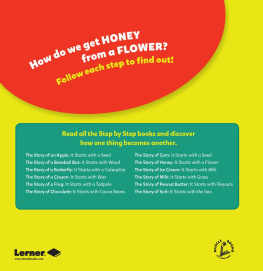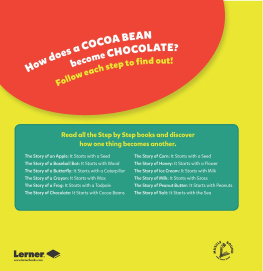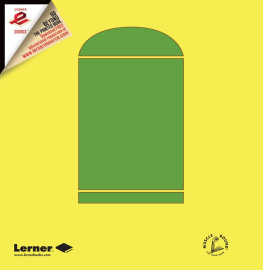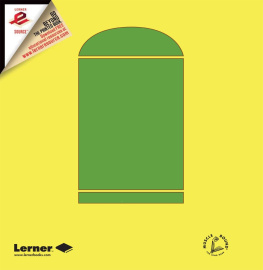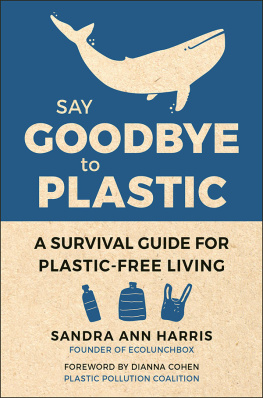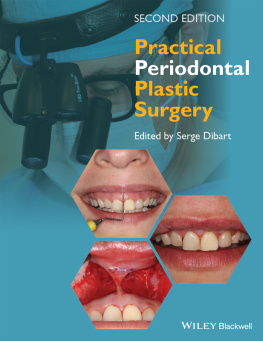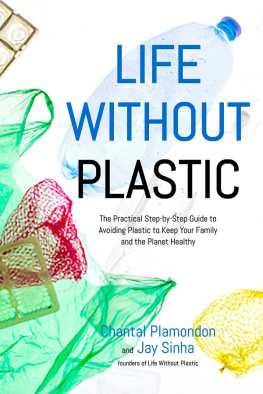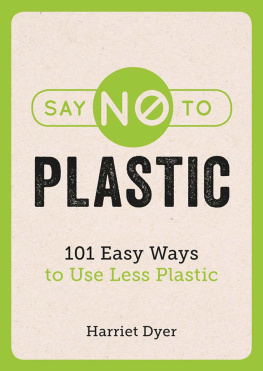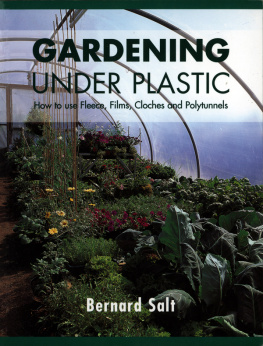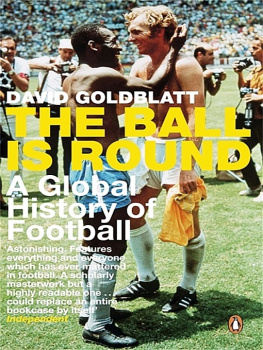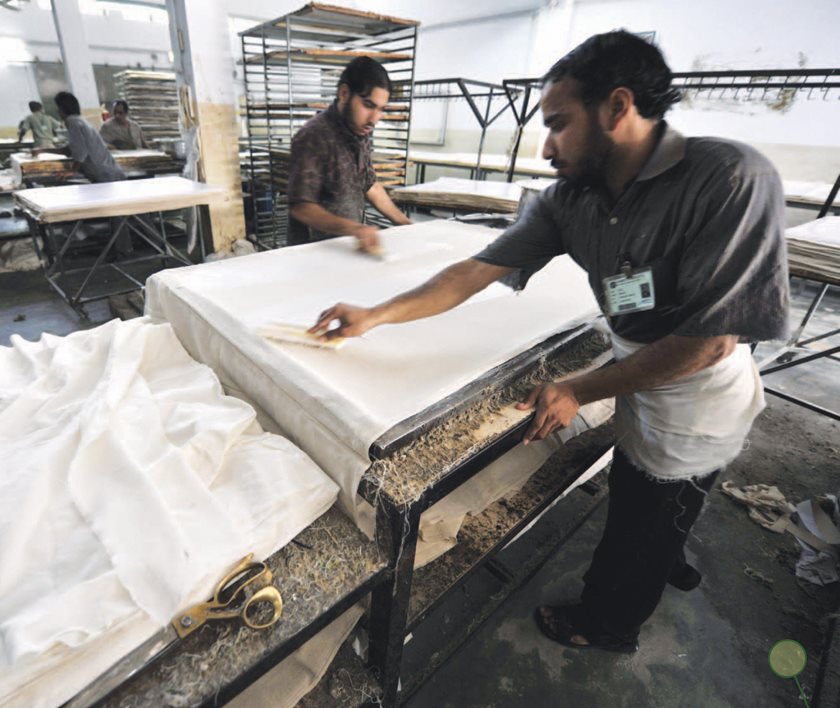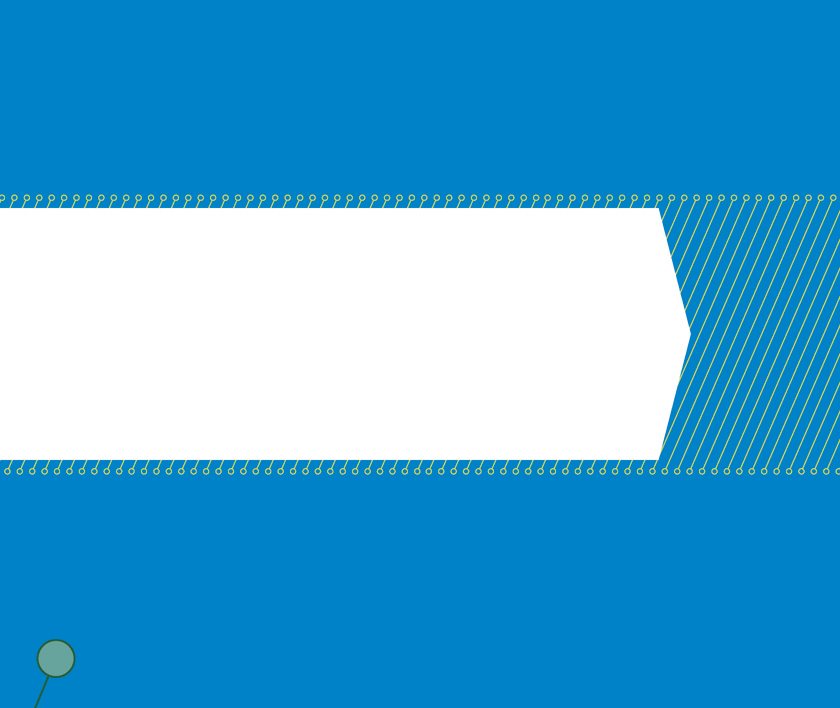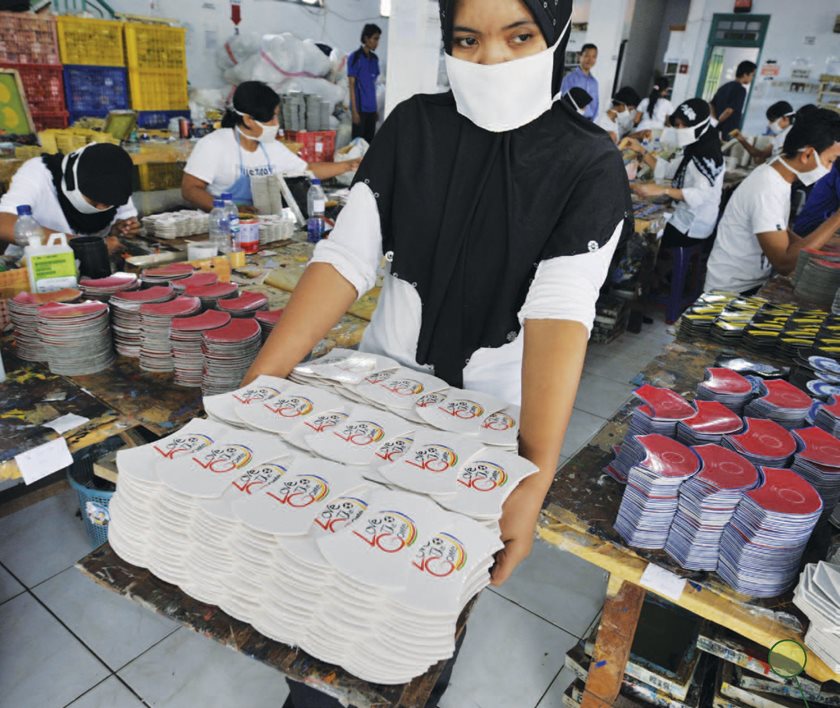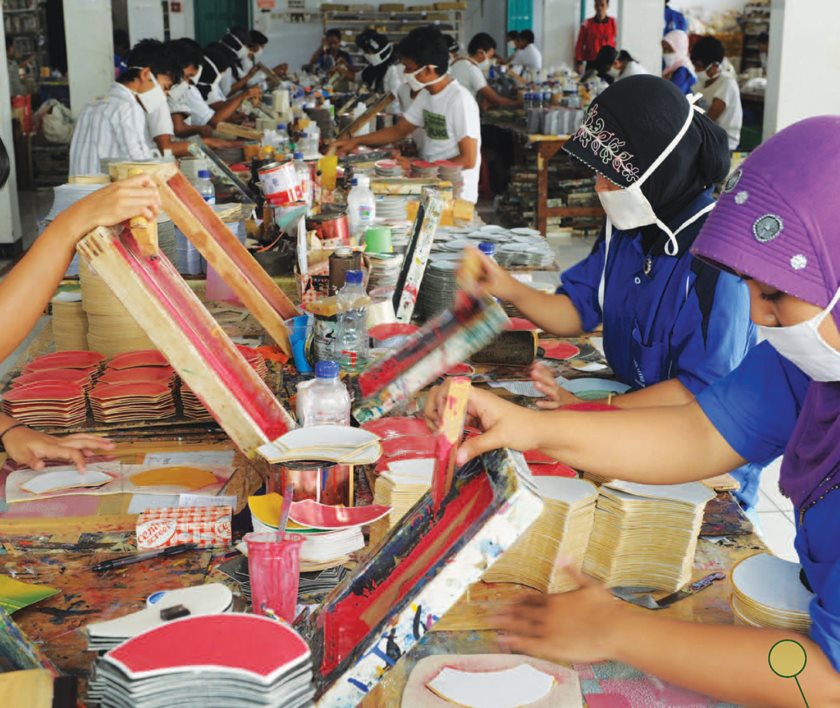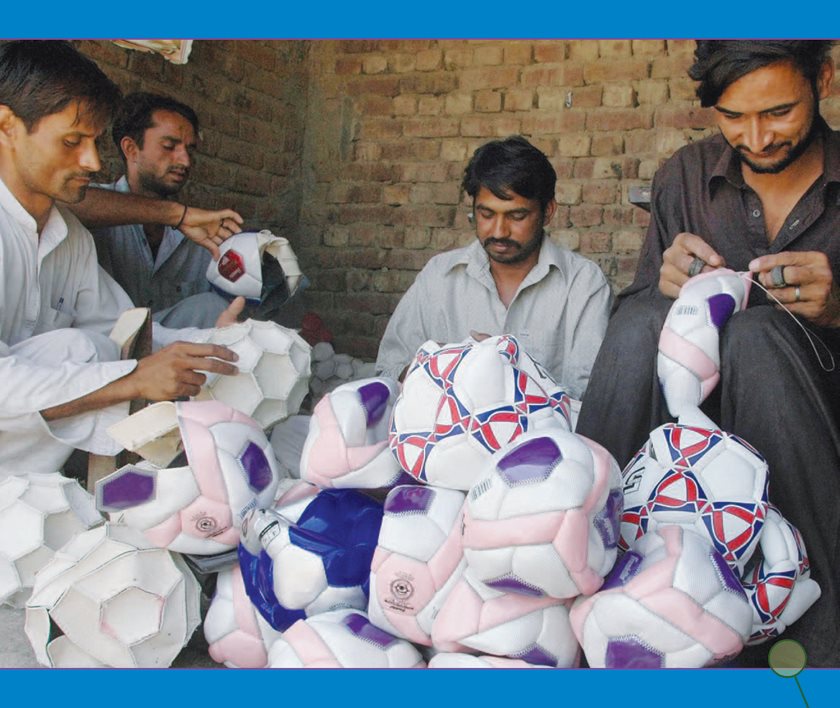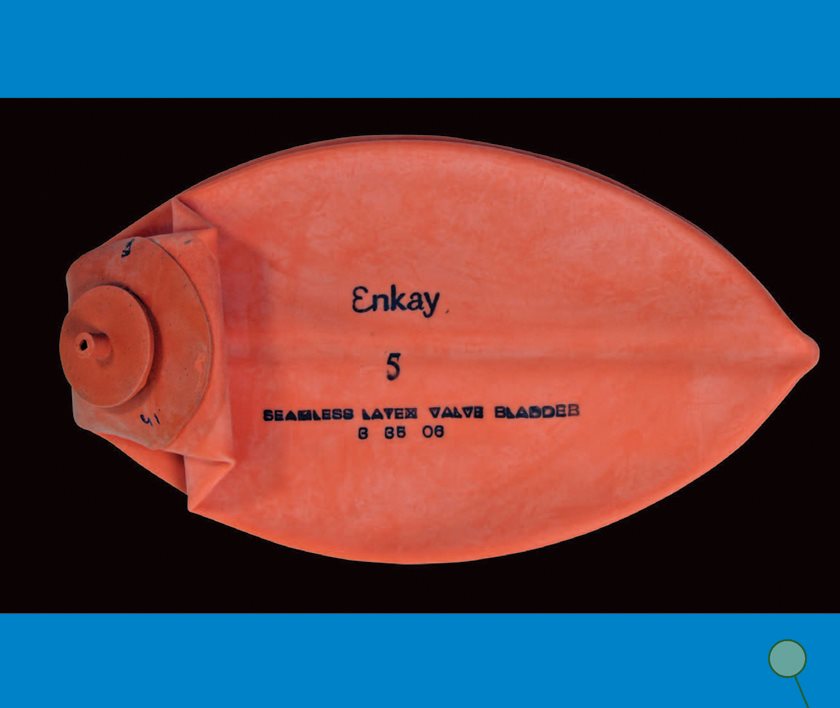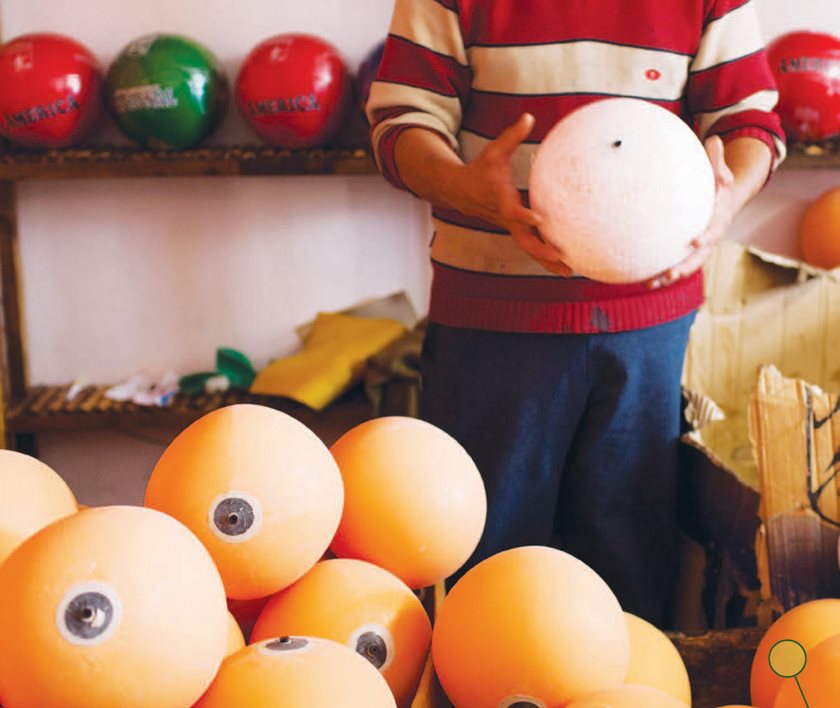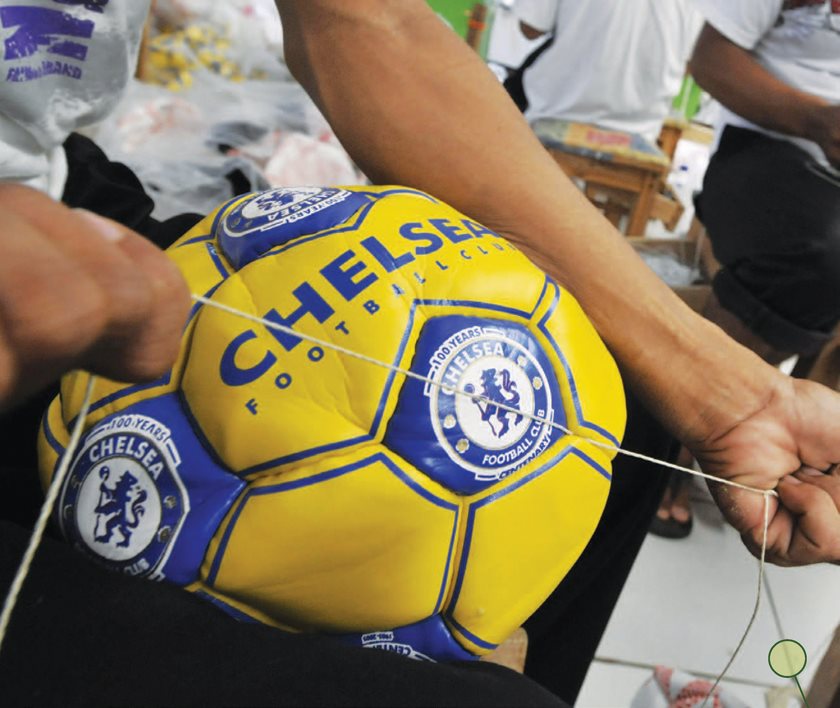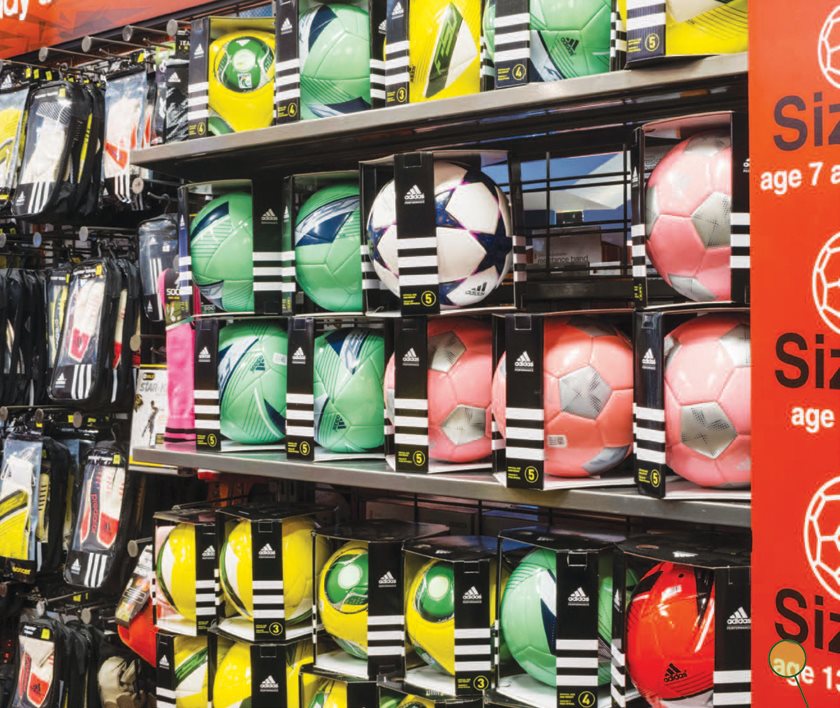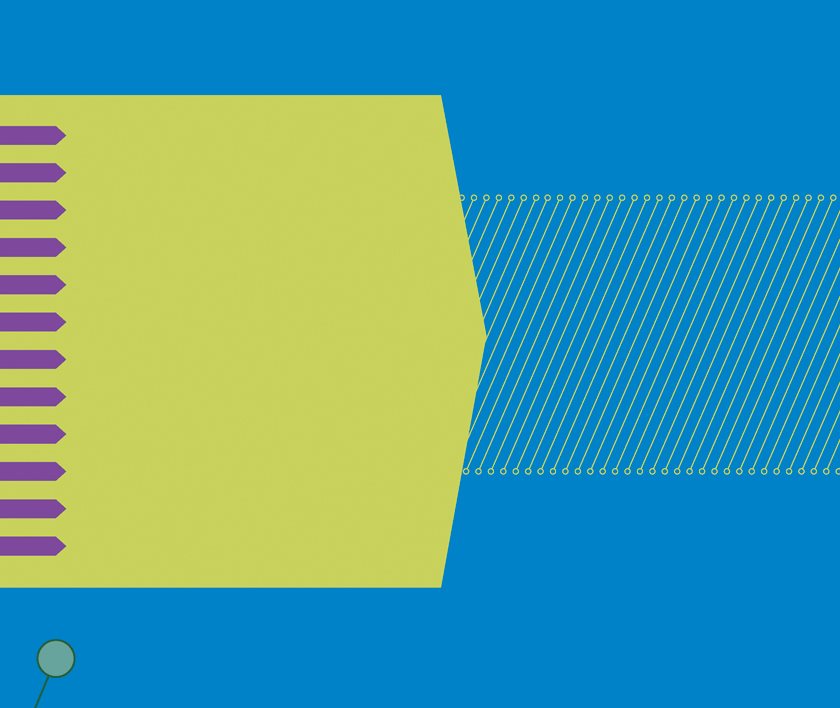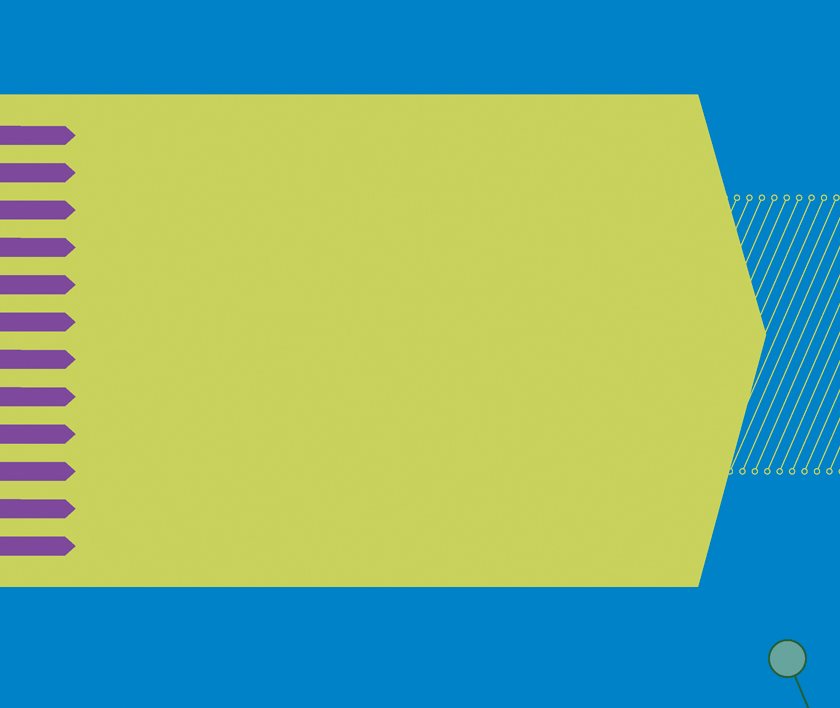Start TO Finish
Sports
Gear
FROM
P lastic
TO
Soccer B all
ROBIN NELSON
Copyright 2015 by Lerner Publishing Group, Inc.
All rights reserved. International copyright secured. No
part of this book may be reproduced, stored in a retrieval
system, or transmitted in any form or by any means
electronic, mechanical, photocopying, recording, or
otherwisewithout the prior written permission of Lerner
Publishing Group, Inc., except for the inclusion of brief
quotations in an acknowledged review.
Lerner Publications Company
A division of Lerner Publishing Group, Inc.
241 First Avenue North
Minneapolis, MN 55401 USA
For reading levels and more information, look up this title
at www.lernerbooks.com.
Library of Congress Cataloging-in-Publication Data
Cataloging-in-Publication Data for From Plastic to Soccer
Ball is on file at the Library of Congress.
ISBN: 9781467738897 (LB)
ISBN: 9781467747431 (EB)
Manufactured in the United States of America
1 CG 7/15/14
TABLE OF Contents
I love playing soccer. How is a soccer ball made?
First, cloth is glued to the cover.
The outside cover of a soccer ball is made of plastic.
The plastic keeps water from getting inside the ball.
Up to four layers of cloth are glued to the plastic to
make it strong. The layers help the ball keep its shape.
Next, a machine cuts the panels.
A machine cuts the cover into shaped pieces. The
cutting machine also punches holes around the
edges of each panel. These holes are for stitching
the panels together.
The panels are printed.
A machine or a worker prints logos and
other designs on the panels. A special
fast- drying paint is used.
Then the panels are stitched together.
The soccer ball is put together inside out. Before the worker
stitches the last panels, he or she turns the ball right side out.
That way, the stitches cant be seen. It takes between one
and three hours for a worker to stitch one soccer ball.
The bladder is made.
The bladder holds the air inside a soccer
ball. Rubber is heated and put in a mold.
The rubber forms a balloon. Then it cools.
A valve is added to the bladder.
A valve is attached to the bladder. The valve lets
air into the ball but keeps it from leaking out.
Next, a worker adds the bladder.
A worker tucks the bladder inside the cover. The
valve is glued behind a small hole in the cover.
Then the last panels are stitched together.
Air is pumped into the ball.
Air is pumped into the soccer ball through the
valve. Air is added until the ball is round and firm.
Then a worker checks the ball for air leaks. He or
she makes sure it is the right size and weight.
Finally, the soccer ball is shipped.
The finished soccer ball is put in a box. Then it is
sent to a store. The soccer ball is ready to kick!
Glossary
bladder: a balloon-like, air-filled bag
inside a ball
cloth: material made by weaving threads
together
logos: symbols used to identify a company
panels: pieces of material that are part of
a larger surface
plastic: a light, strong substance that can
easily be made into different shapes
valve: a device that controls the flow of
air in and out of a ball
Further Information
Brown, Monica. Pel, King of Soccer/Pel, El rey del ftbol . New York: Rayo,
2009. Read the true life storyin English and Spanishof Pel, the first man
in the history of soccer to score a thousand goals and become a legend.
The Life Cycle of a Soccer Ball
http://www.epa.gov/osw/education/pdfs/life-soccer.pdf




